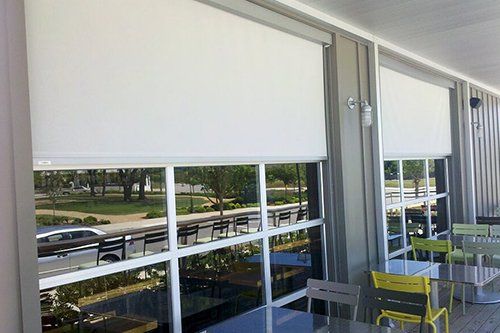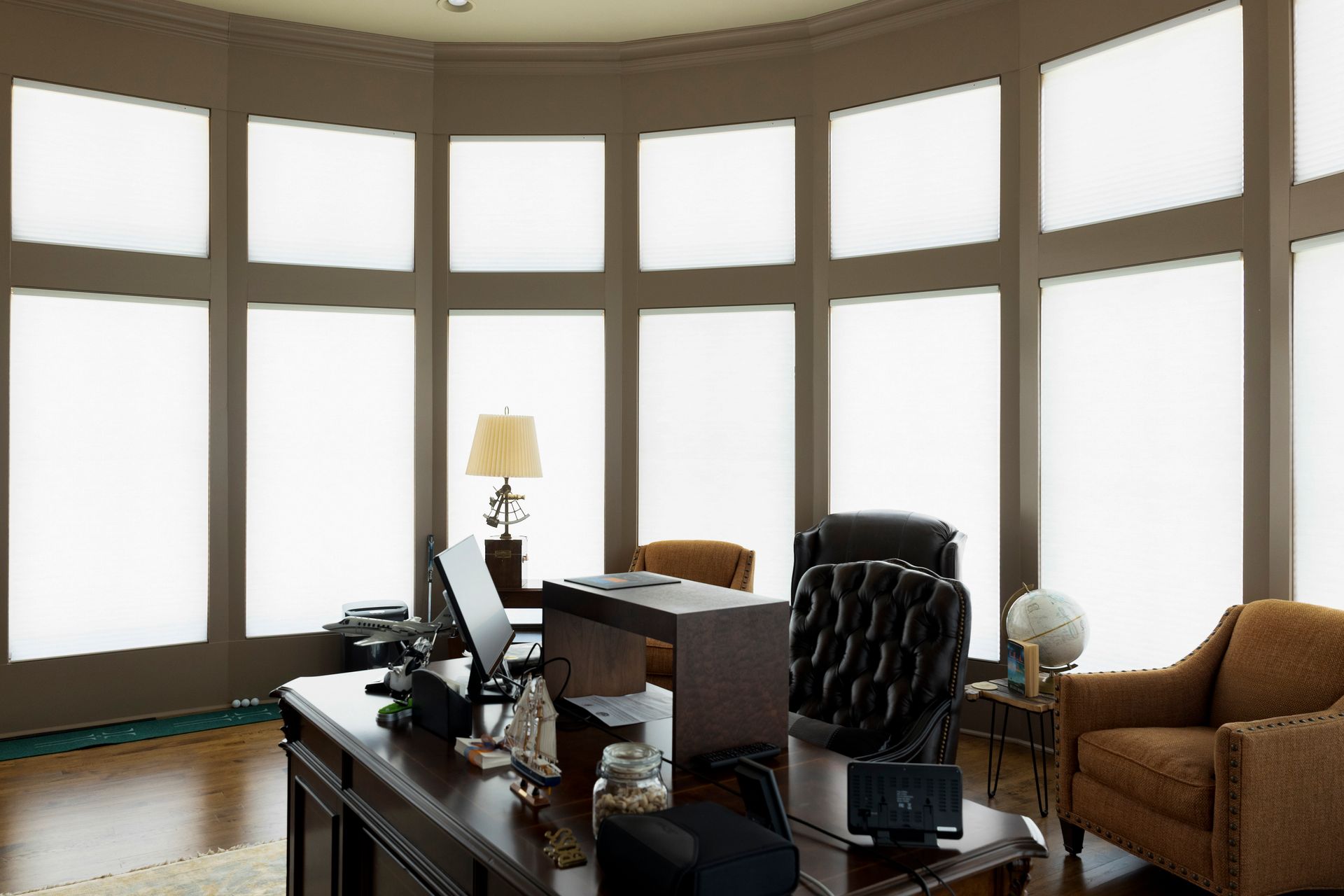In today’s market, many window treatment options exist that fit a wide range of personal styles. However, when deciding upon a window covering in your child’s room, the abundance of options is confusing. However, this is a minor concern considering some of the options still available are actually harmful to children. Based upon the Federal Register , the most at risk are children between 7 months to 9 years old.
Statistics on serious injury or death from cords noted in Parents magazine clearly highlights that safety is a more important concern than style or even price. Shockingly, according to the US Consumer Product Safety Commission (CPSC), the statistics of children who strangled in window cords was underreported by 50%. They also noted in the cases reported, 85% of the time parents were home. These are terrifying statistics; however, safe options that protect your child from harm are available.
The first step suggests eliminating older products recalled or identified as hazards to children. Window blinds sold prior to November 2000 are most likely to have inner cords. However, many blinds still come standard with easily accessible cords that pose a threat. The CPSC identified the leading cord hazards listed below:
- Older products with continuous loop or chain of vertical blinds and draperies.
- Multiple cords terminating in a single tassel (typically horizontal blinds).
- Loop formed by a knot tied in the lift cords (horizontal and vertical blinds)
- Inner loop of horizontal blinds
Of course, by removing these hazards, a need arises to replace the window covering with something more child-friendly.
So how do you decide which window treatment is best for your child? Below are options that offer the most protection in keeping your child safe from harm. All of these options offer a cordless feature so be sure to ask a professional before buying. These options also offer simplistic cleaning to sustain their beauty.
Plantation Shutters
- Offers a more modern elegance not seen in traditional shutters.
- Constructed with a wide louvered shutter that is easily opened and closed.
- Consumers can customize the shutter width to best suit their personal preference.
- Able to open just the wide louvered shutter or fully open the panel to access the entire window – great for window cleaning.
- Construction of plantation shutters offer energy efficiencies for your home.
- Shutters are cordless and easily adjust to achieve desired light, airflow, and privacy.
- Material provides an added layer of protection against heat or cooling losses.
Woven Wood Shades
- Offered in various wood options.
- Uses a handle/pulley type of operation to open and close the shade.
- Lays flat when fully closed and stylish even, overlapping folds when open.
- Bamboo options offer anti-fungus, natural material which is ideal for a child’s room.
Vertical Blinds
- Uses a wand type of operation.
- Typically an affordable option that is still child-friendly.
- Available in various material options such as fabric and vinyl.
- Wide selection of shading from light to dark for customization.
- Flexible options for smaller to much larger windows and even sliders.
Roller Shades
- Coordinates well with other window treatments such as a valance or drapery treatment.
- Versatile, custom options on styles, textured material, and colors.
- Offers varying filters of light from soft to room darkening.
- Uses a hollow tube with a coiled spring inside to raise and lower the shade.
- Another affordable option that fits most budgets.
Cellular Shades
- Most fabric colors come in neutral earth tones.
- Option of insulation aids in lowering utility bills.
- Brackets allow for easy installation.
- Can use a vacuum for easy clean up.
Thankfully, many elegant options are available that focus on protecting your family while still retaining a stylish appeal. Because the options are endless, a professional is a wonderful option that can help you find the style and option that best fits the needs of your family. Please contact us , if you’d like to learn more.
SOURCES:
Expert Advice by Just Blinds


